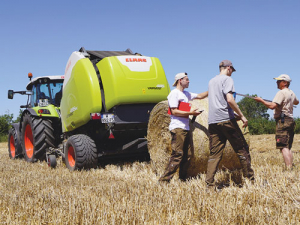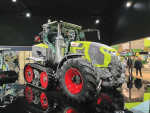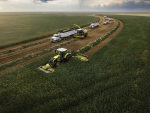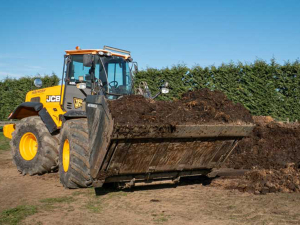Tractor makers routinely submit tractors for testing and review, but its much less common for machinery.
So it’s interesting to see that harvest specialist Claas recently handed its new Variant 485 RC-PRO to the German Agricultural Society (DLG) for a series of practical tests.
These included application checks, practical harvesting of grass silage and straw and hands-on operation by farmers.
The testers were impressed by the overall performance of the baler -- travel speed of 3.6km/h, seven knives engaged and maximum bale density in grass silage of 449.4kg/m3 at 38.3% dry matter.
The DLG test team also noted uniform bale density, from a firm core to the outer layers.
The new Claas Variant 400 series embody several detailed design changes to improve crop flow, bale shape and bale wrapping functions. Field testing showed the machine was baling about 40.4 tonnes of grass silage per hour at a travel speed of 5.1km/h and 14 knives engaged including idling and headland turns. Spot flow rates of 165t per hour were noted.
Interestingly, the machine was also operated at 800 PTO speed instead of the normal 1000 rpm speed, markedly reducing power requirement and cutting fuel use, while maintaining the same output and bale density.
On the practical front, six farmers rated the baler for practical aspects such as hitching, un-hitching, setting and operation, bale quality and maintenance. Those tested particularly noted the ease of use of the settings menus and the trouble-free operation of the ISOBYS terminal.
The overall test rating was ‘good’.
www.claasharvestcentres.co.nz











